 4
4
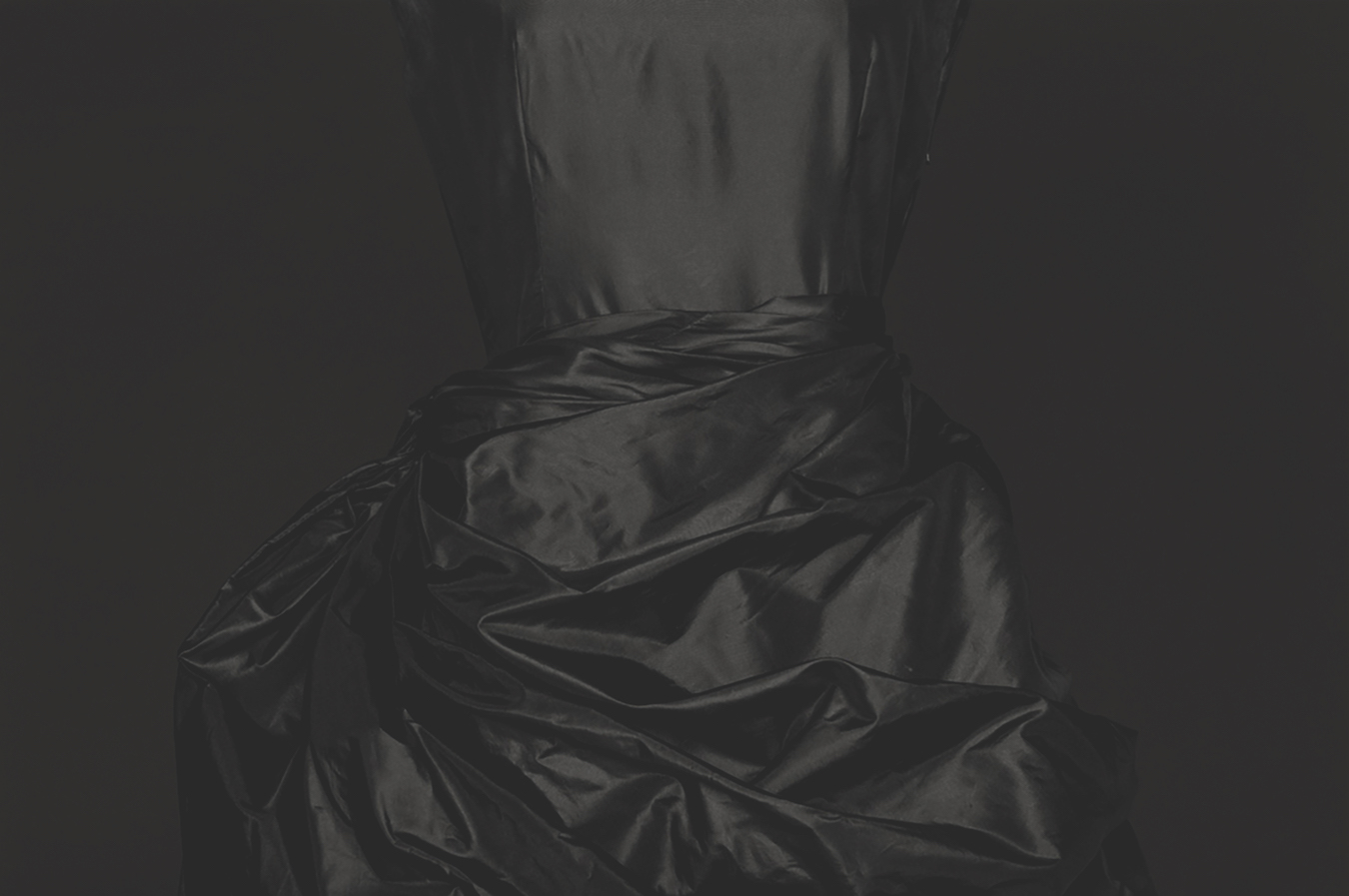 Cristóbal Balenciaga. Design by Eisa Dress, detail. Summer 1956. Ruffled silk taffeta. Crin petticoat lined in organza-covered silk taffeta. Palais Galliera, Fashion Museum of the City of Paris, Paris Musees. Photo Pierre Even.
Cristóbal Balenciaga. Design by Eisa Dress, detail. Summer 1956. Ruffled silk taffeta. Crin petticoat lined in organza-covered silk taffeta. Palais Galliera, Fashion Museum of the City of Paris, Paris Musees. Photo Pierre Even.
Walking through the Balenciaga exhibit gives one pause. From the low lighting (to preserve the textiles) to, what at first glance appears to be a sea of mostly black garments. But give your eyes a moment to adjust. It is then that the splendor of these extraordinary fabrics, held within a very tight and limited palette by a master designer, truly reveal themselves. And while there is black, there is also shimmer, translucence, texture, and depth that become a delight for the viewer. As a quilter, you can appreciate and respect the person who challenges himself to work only in a monochromatic color.
Cristóbal Balenciaga, the name alone garners reverence in the world of fashion design. A designer, whose stunning and revolutionary garments were sought after across the globe by women of influence and wealth, was a complex individual and a mystery to many. Private by nature, he did not give interviews, avoided the glitzy party scene and let his staff handle the clientele. His preferred realm was the studio, where he could imagine, test ideas, and push the limits of fabric, all the while creating clothes that were often revolutionary in design and execution. Similar to a pilot testing the limits of an aircraft to understand the capabilities of the craft itself, it was Balenciaga’s understanding of both the structure and capabilities of a fabric that allowed him to push his ideas as far as his imagination desired.
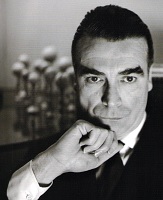
Born in 1895, an early education in tailoring began alongside his seamstress mother, who gave sewing lessons to local girls and made dresses for the vacationing wealthy. Accompanying his mother to fittings gave Balenciaga a glimpse into another world filled with beautiful objects and understanding of English tailoring. The French magazines his mother ordered allowed him another source of study.
His incredible talent was obvious from a very early age, and by 1913 he was a buyer for a Spanish department store. Five years later, at the age of 23, he opened his first salon in the city of San Sebastian. More salons followed, and by 1937 he made his debut in Paris. It was quite a feat for such a young designer.
With WWII dragging on, the wealthy clientele purchased much less often, but that was the case for many in the fashion world. Rationing and restrictions by the French government were actually a benefit for Balenciaga. As a Spanish citizen, he could travel to his other salons in Spain and bring fabrics back to occupied Paris.
With less and less orders to fill, he used this time of great chaos to lock himself away to study the structure and make of each and every fabric and trim. No matter how inexpensive or unappealing the piece, he wanted to test its limits, capabilities and how it could be manipulated. Many consider this to be the time that Balenciaga went from being a good designer to master couturier.
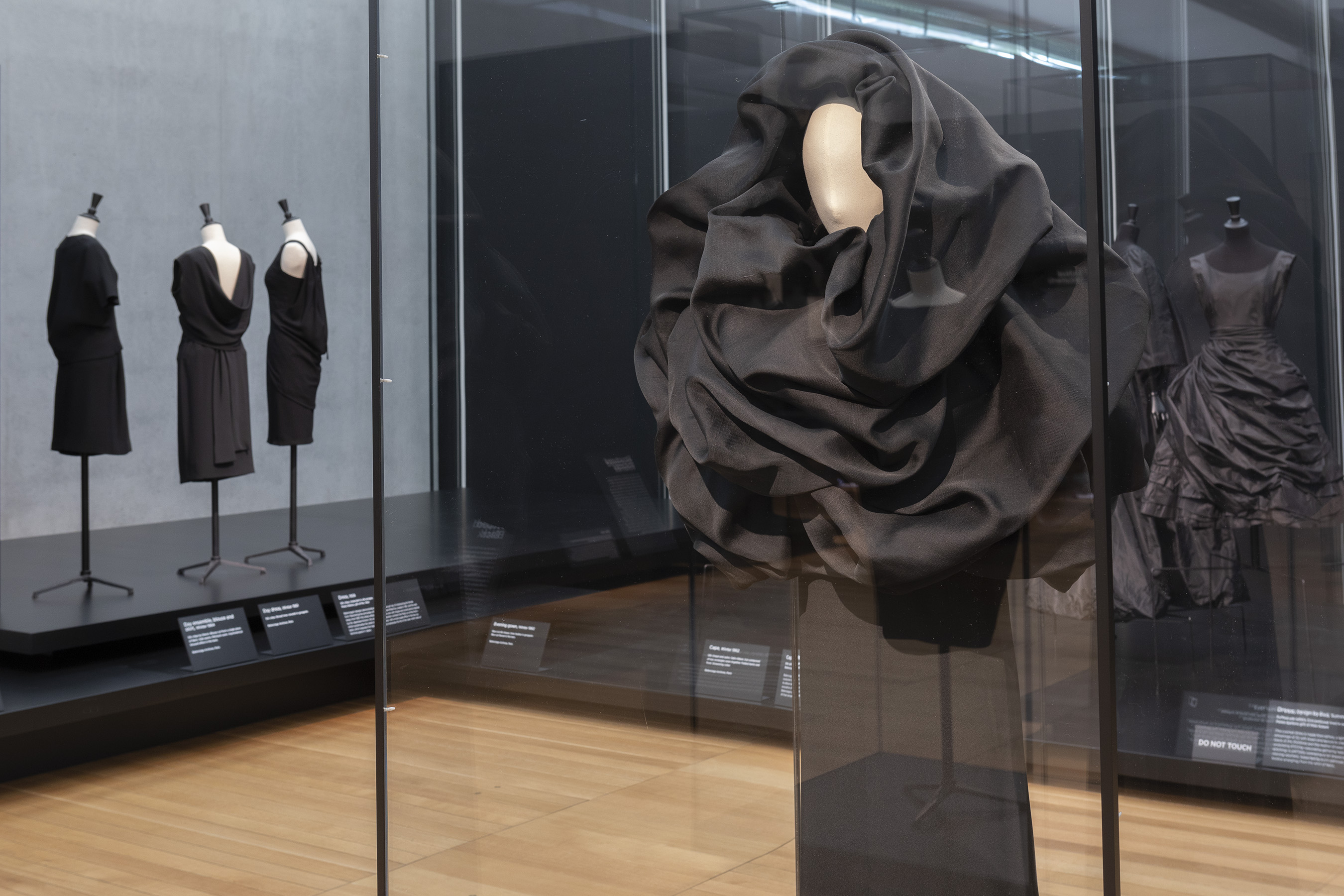 Cristóbal Balenciaga. The 'Chou' dress and cape. Winter 1967. Image courtesy of Amon Carter Museum.
Cristóbal Balenciaga. The 'Chou' dress and cape. Winter 1967. Image courtesy of Amon Carter Museum.
Using this fundamental and deep understanding, he created dresses wrapped in yards of voluminous folds held together seemingly as if by magic. The 'Chou' dress with cape enveloped the wearer with clouds of airy fabric, while the famous 'envelope' dress was held together by just two jeweled straps at the shoulders. This dress in particular, while a stunning feat of fabric manipulation with its unusual shape, was problematic for one client in particular. The very narrow lower opening made a trip to the restroom almost impossible. The dress was returned by the owner shortly thereafter.
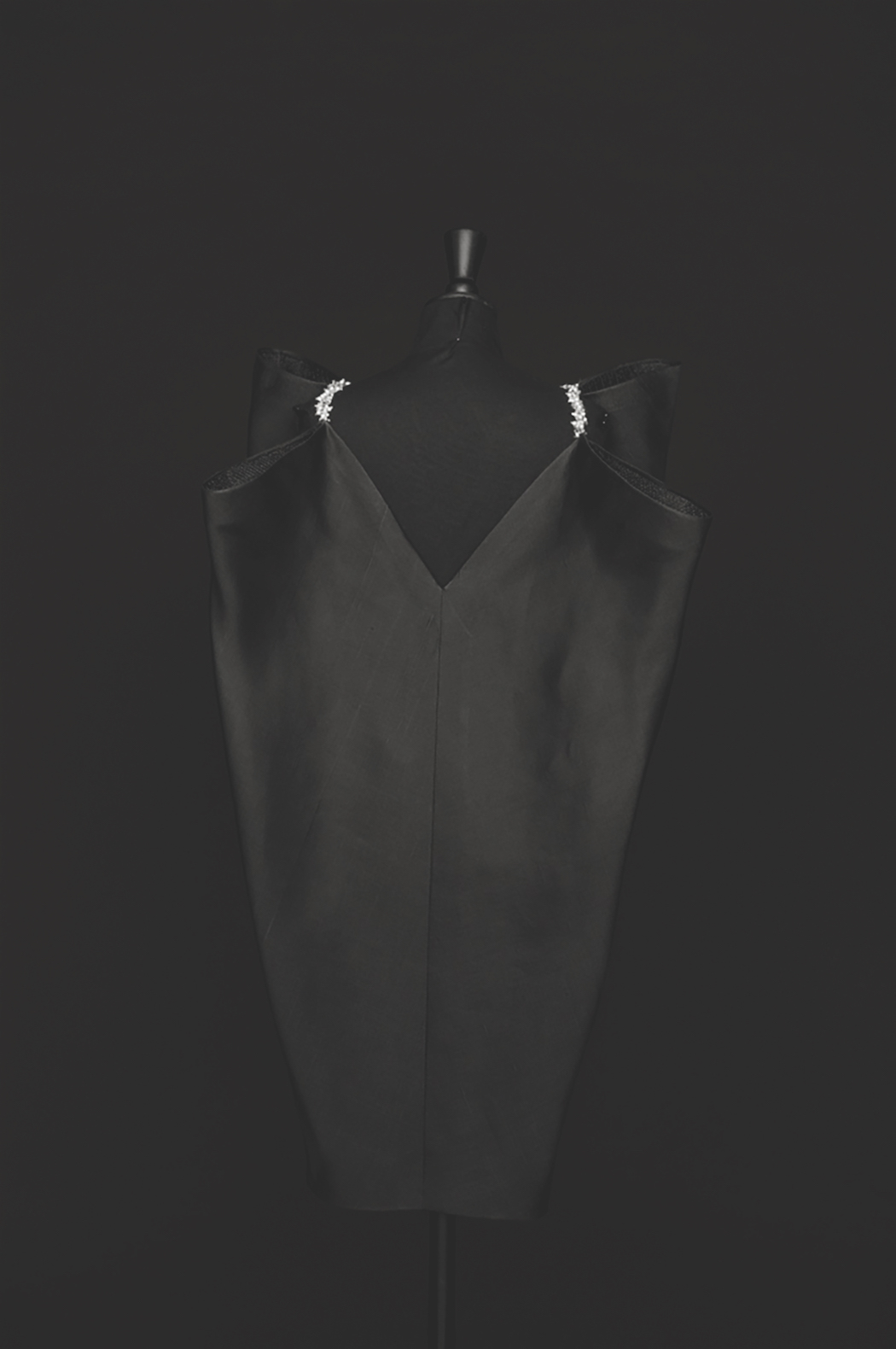
Cristóbal Balenciaga. Dress. Winter 1967. Bias-cut gazar. Straps embroidered with pronged rhinestones and pearlescent beads. Trimmed and hemmed with crin mesh ribbon. Balenciaga Archives, Paris. Photo Pierre Even.
It is this extraordinary skill of manipulation and execution that is currently on display at the Kimbell Art Museum in Fort Worth, Texas. And while you may not be personally interested in garment construction, it is well worth viewing to learn and understand the incredible attention to detail and construction that was used for each and every item Balenciaga created. The show, Balenciaga In Black, runs through January 6, 2019.
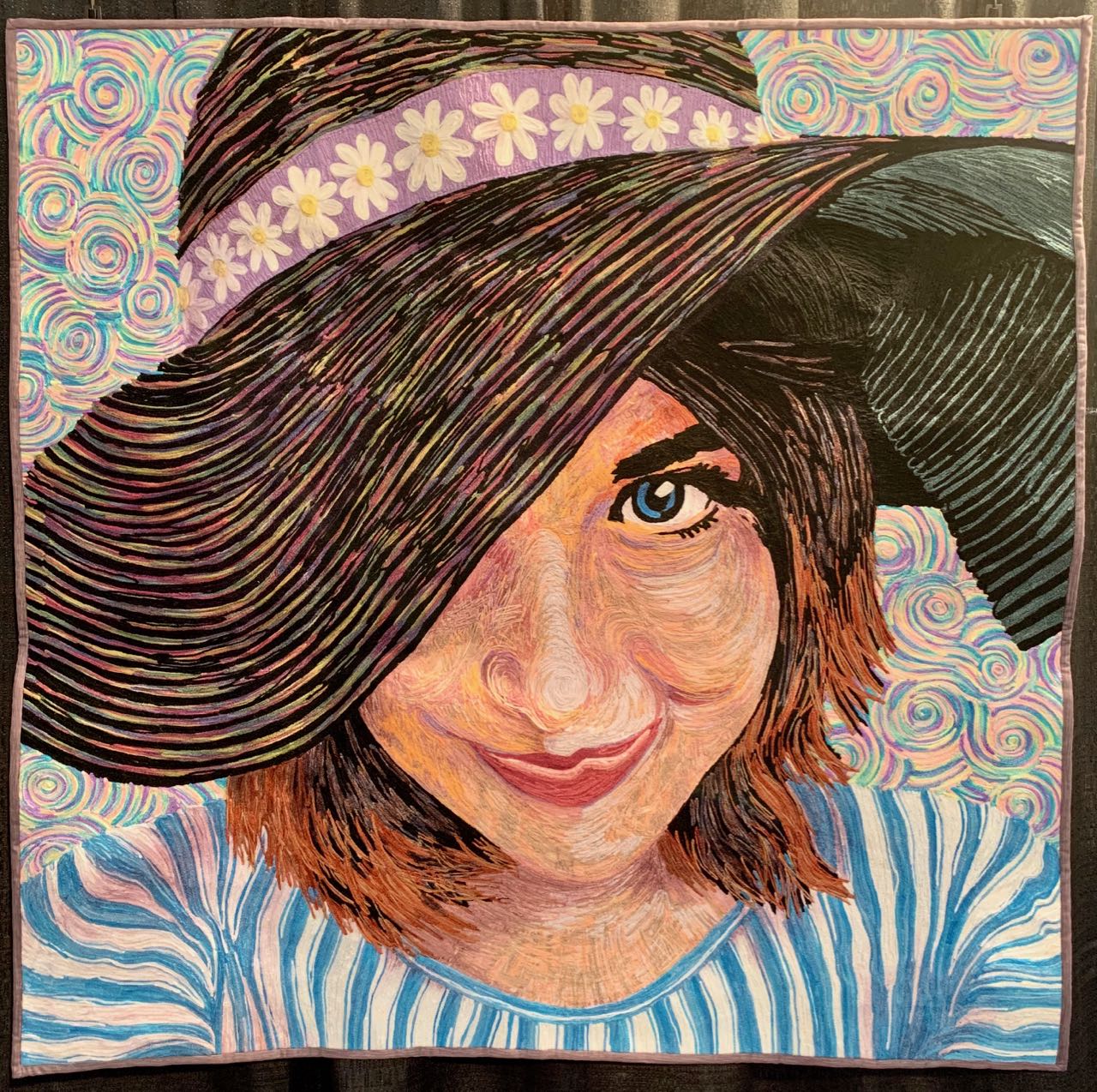
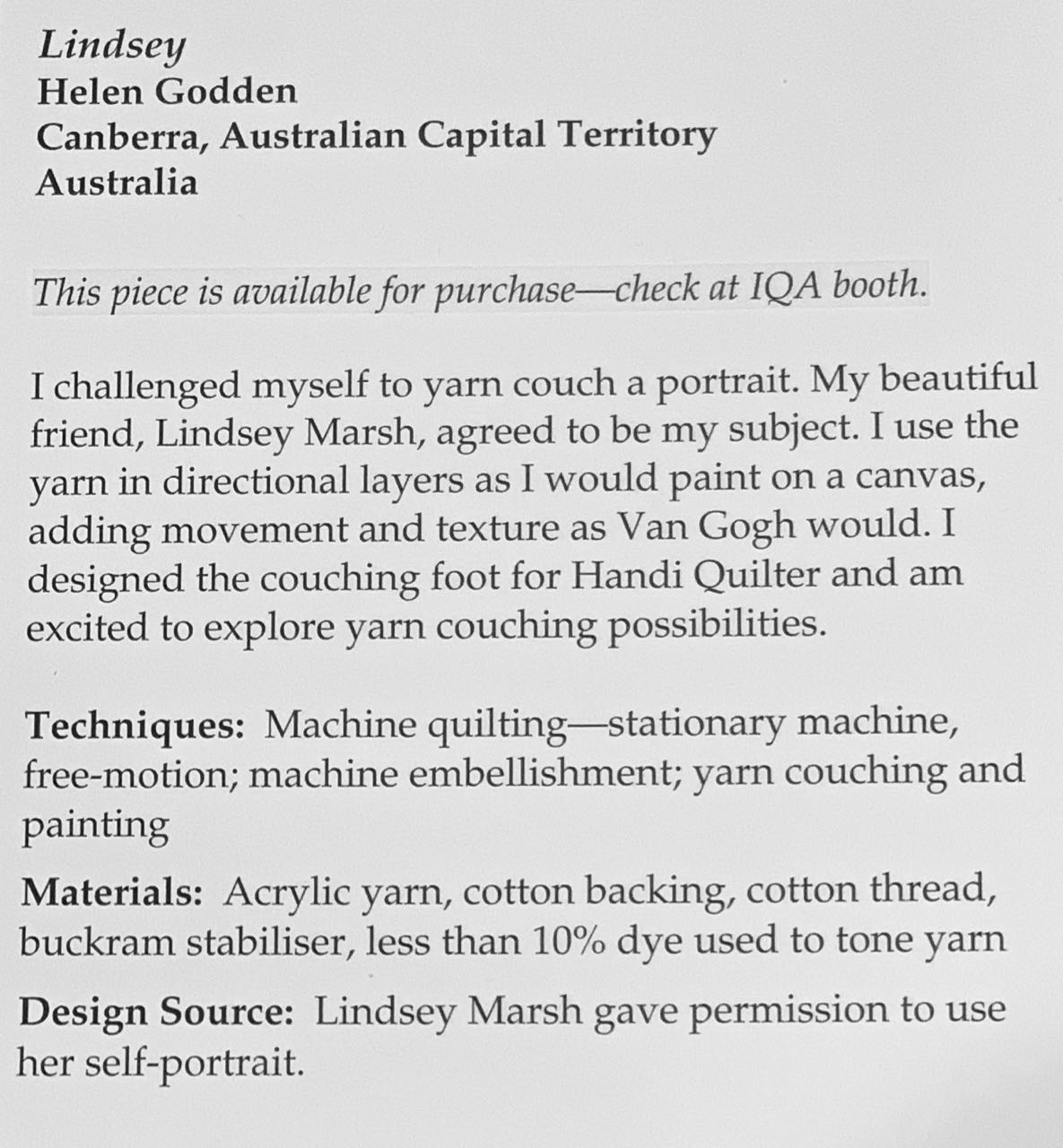
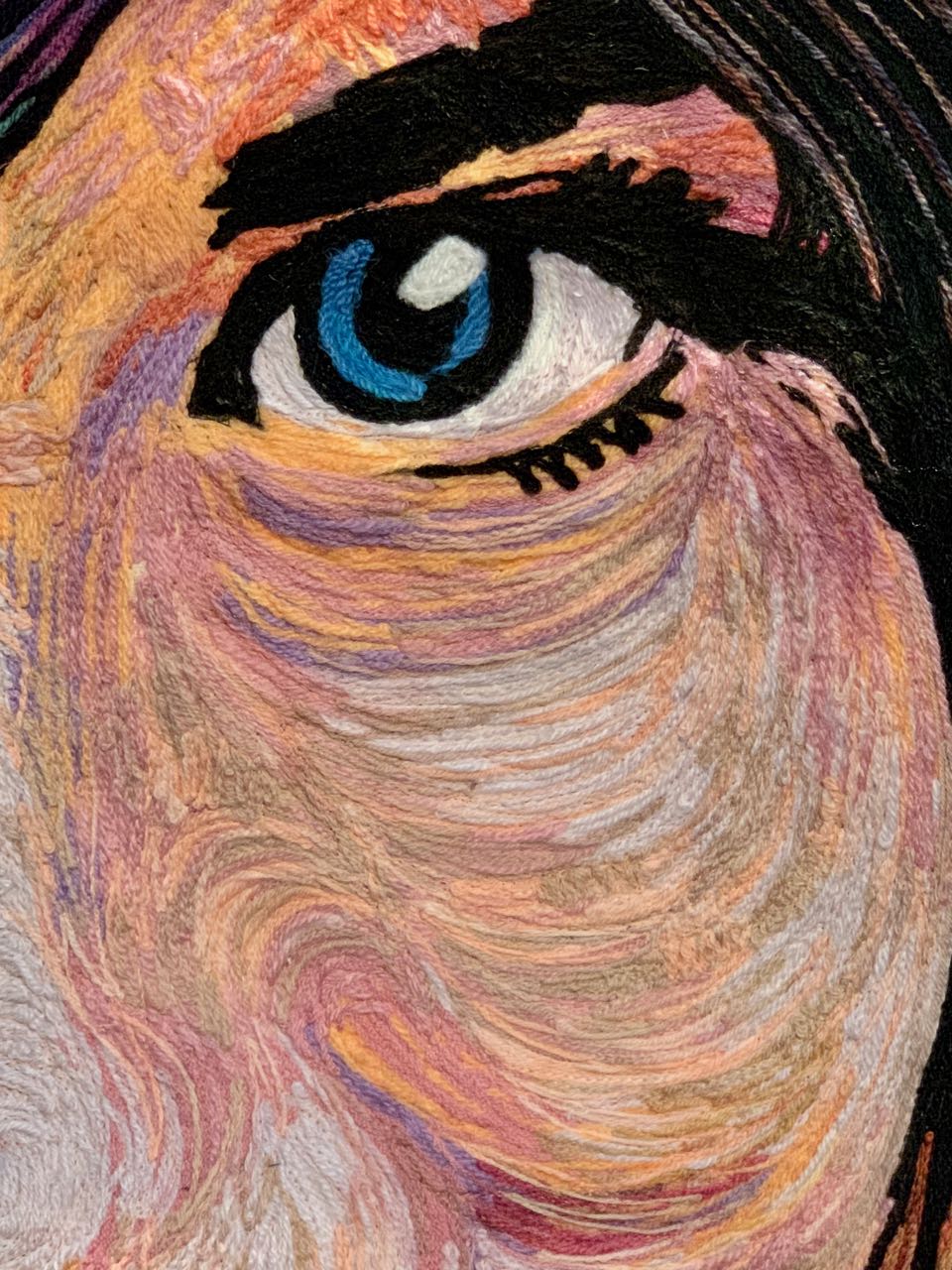
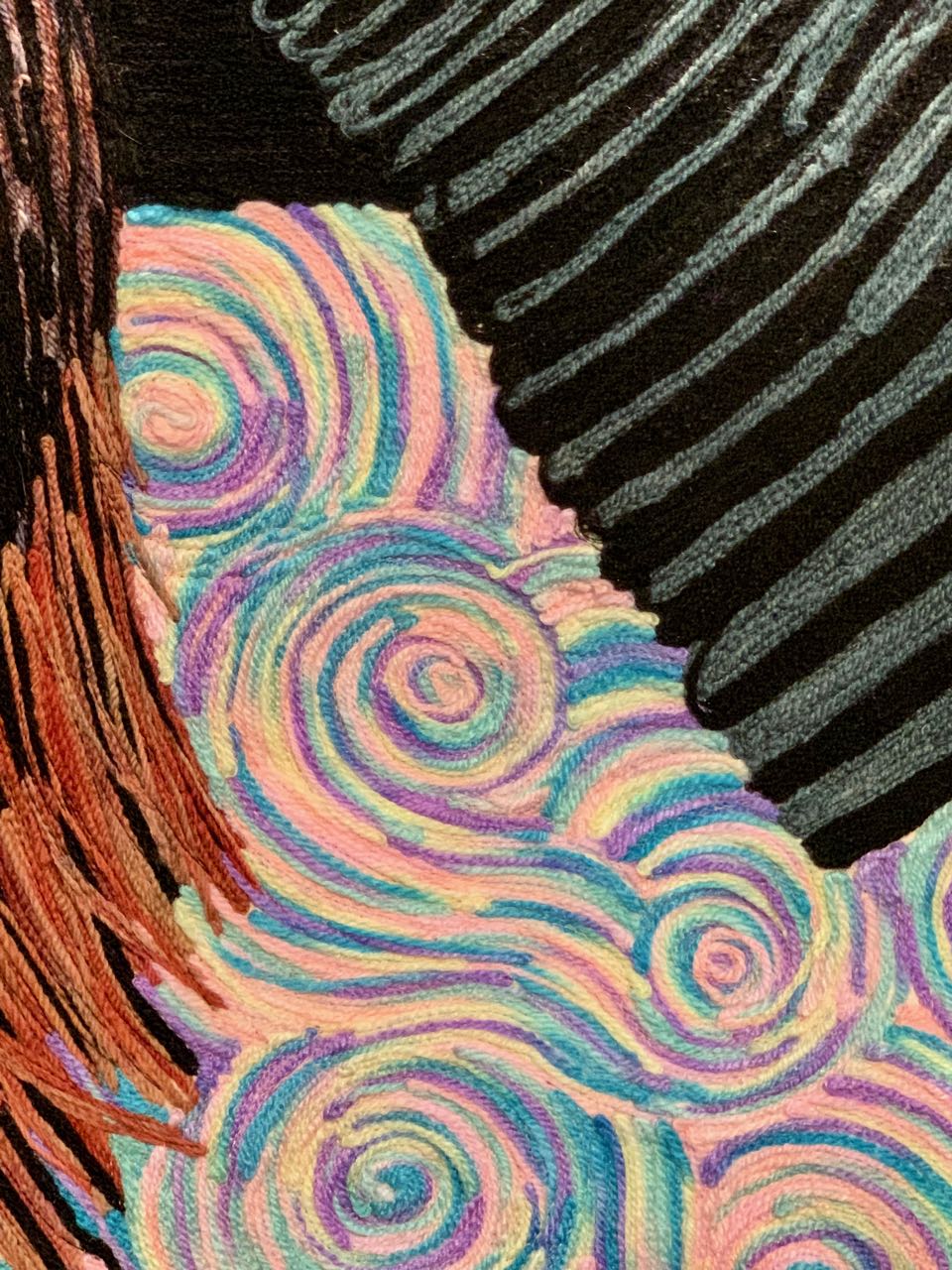
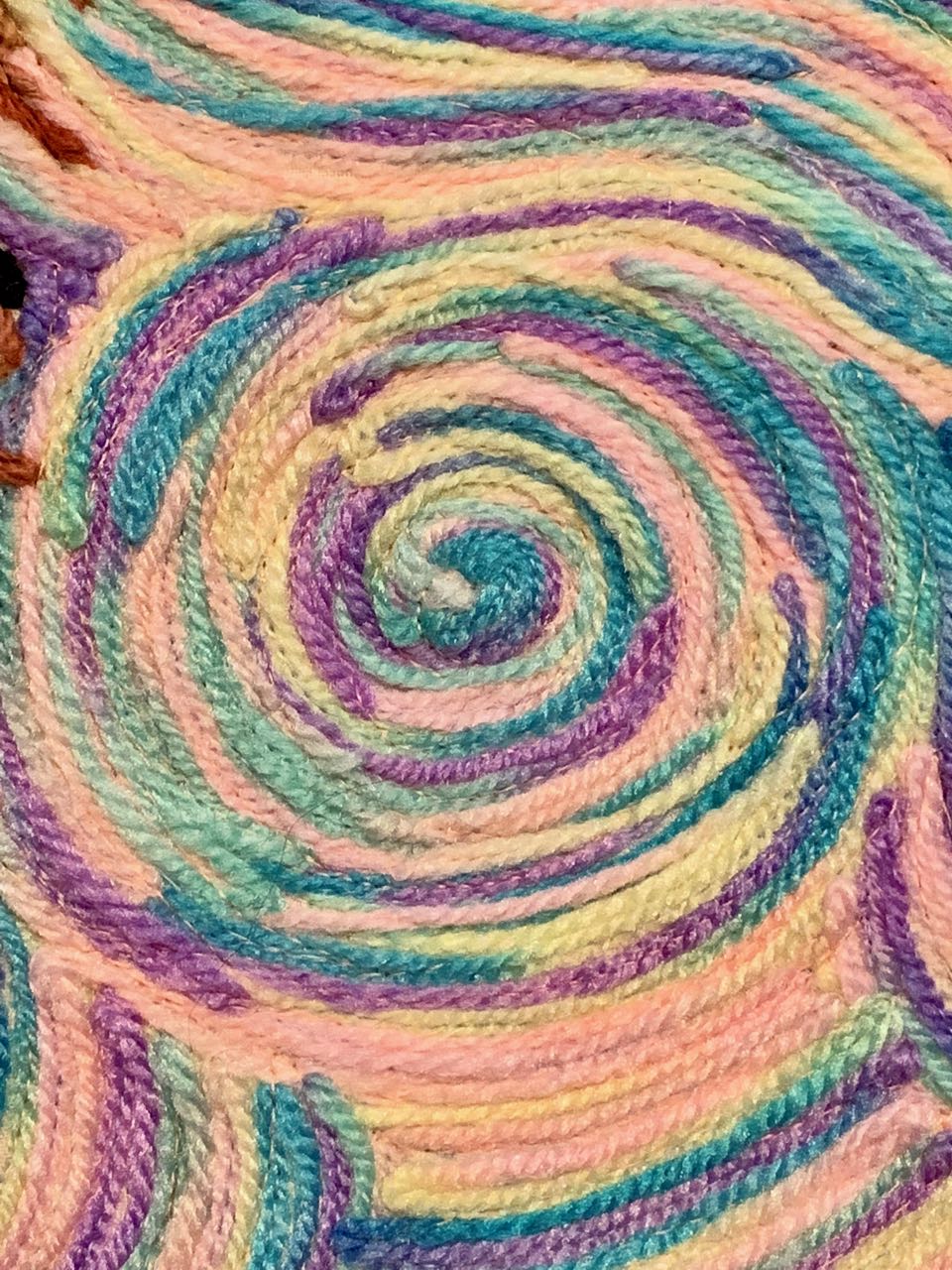
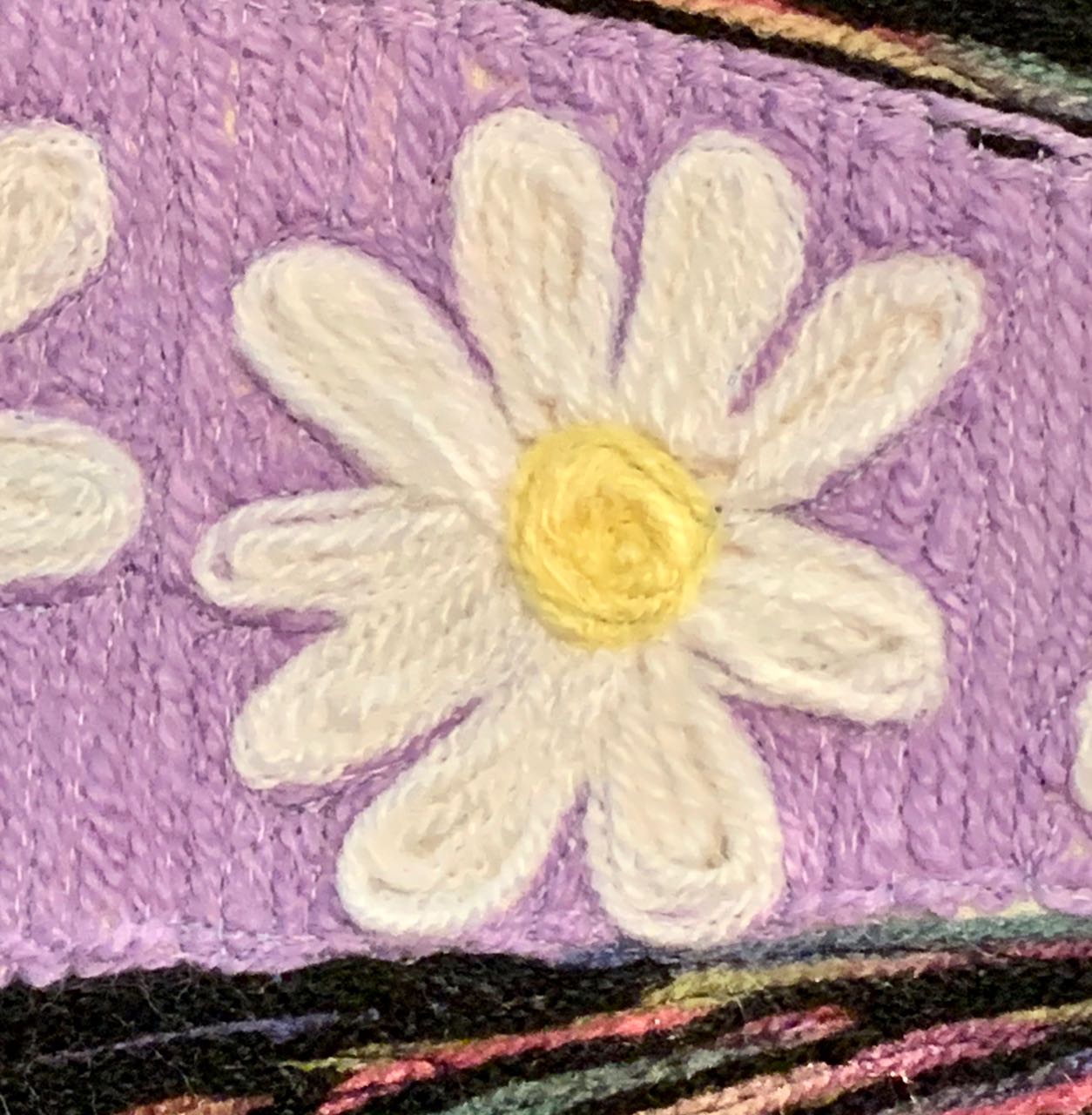



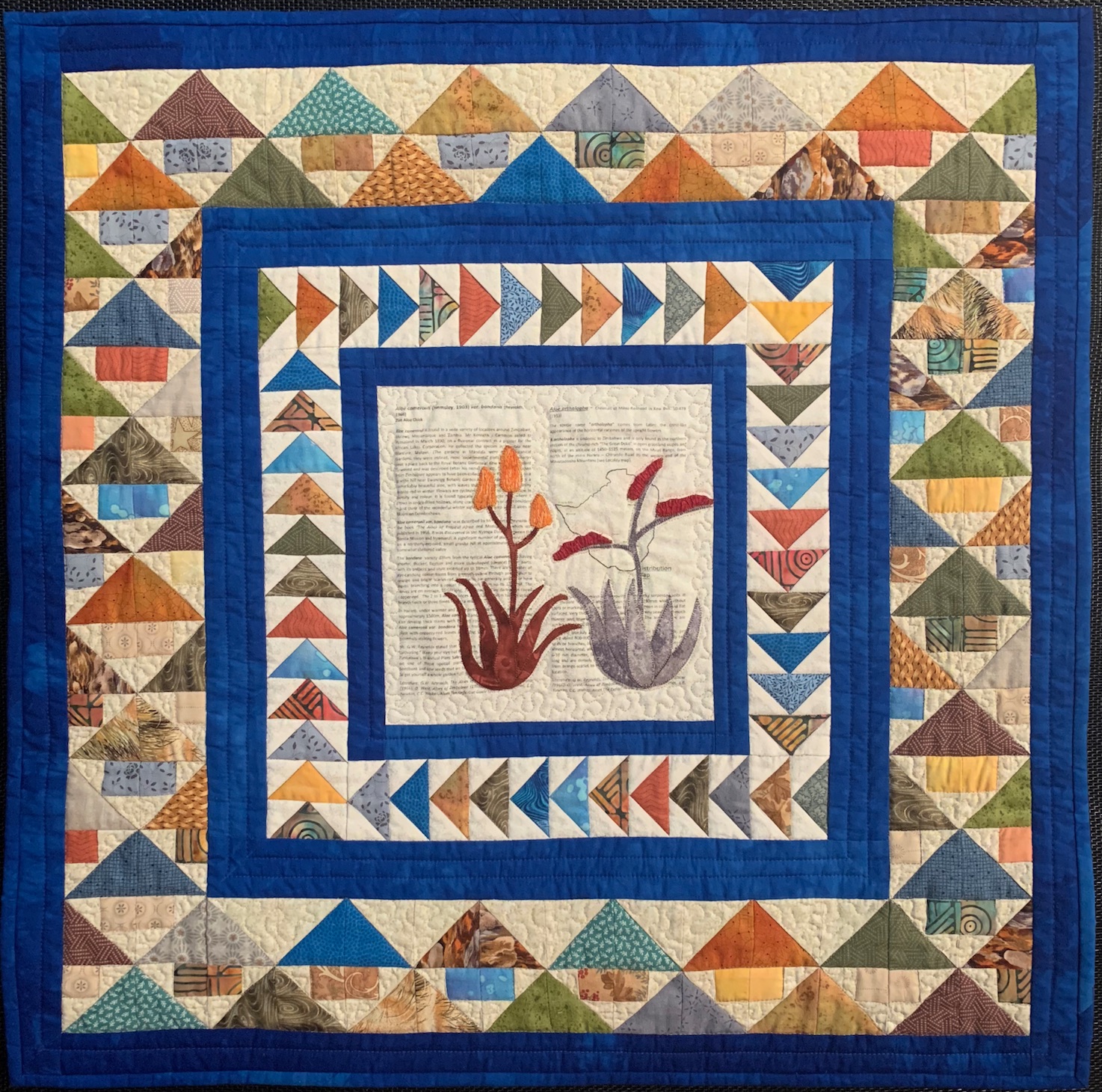
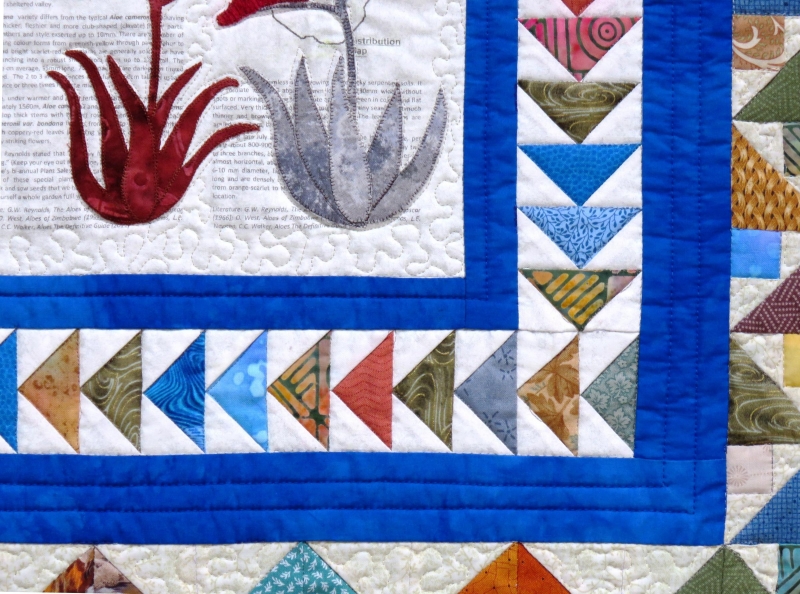
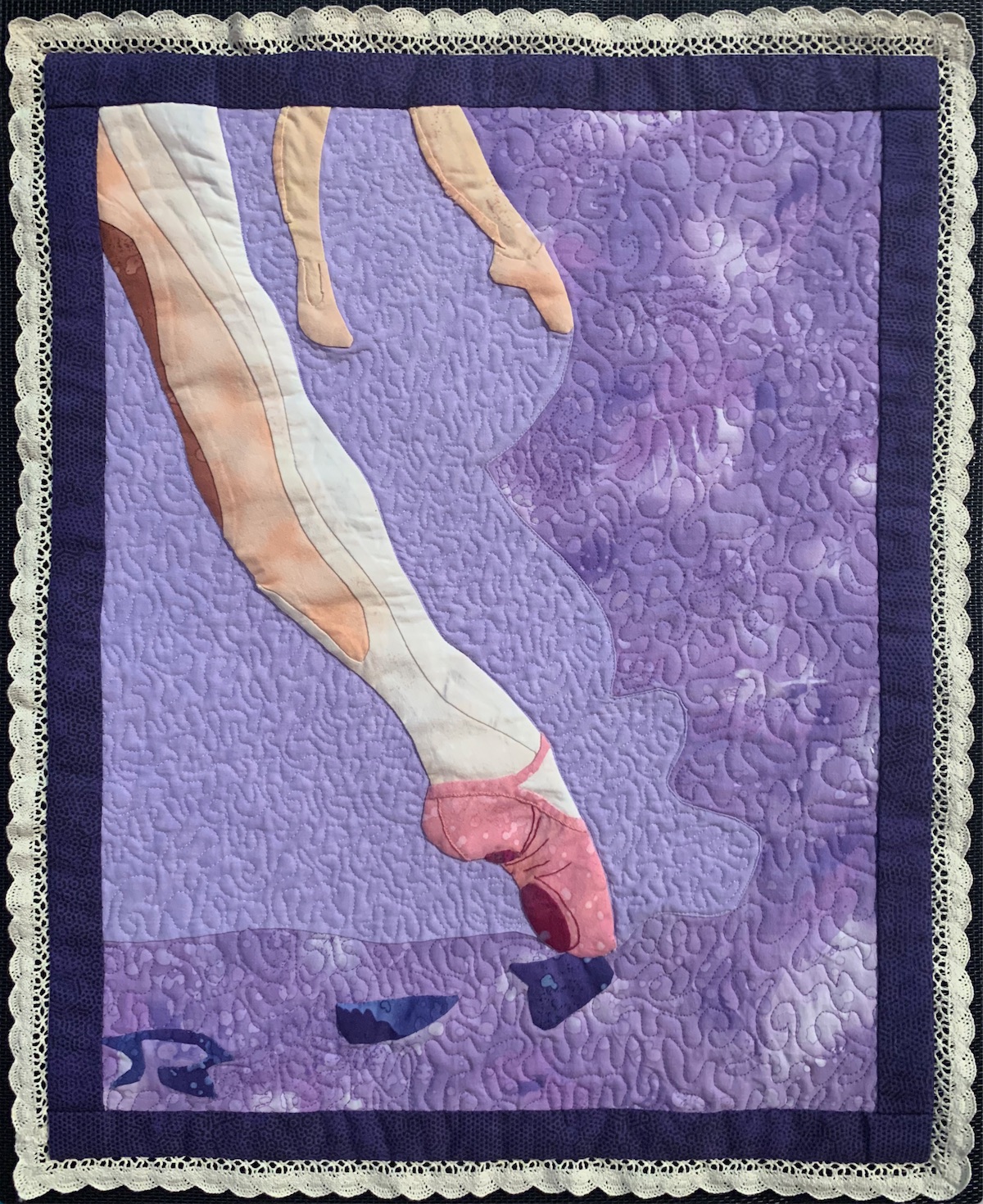

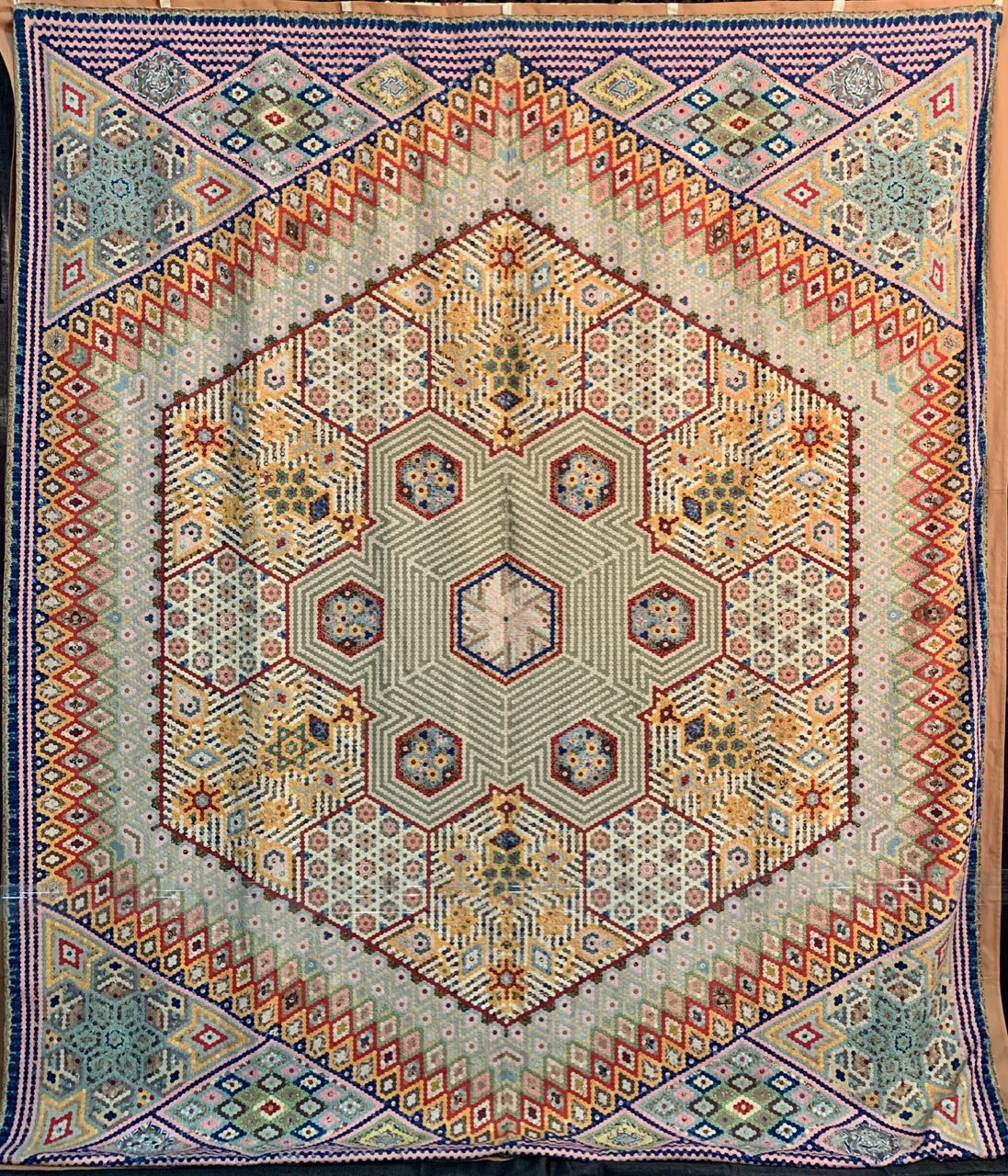
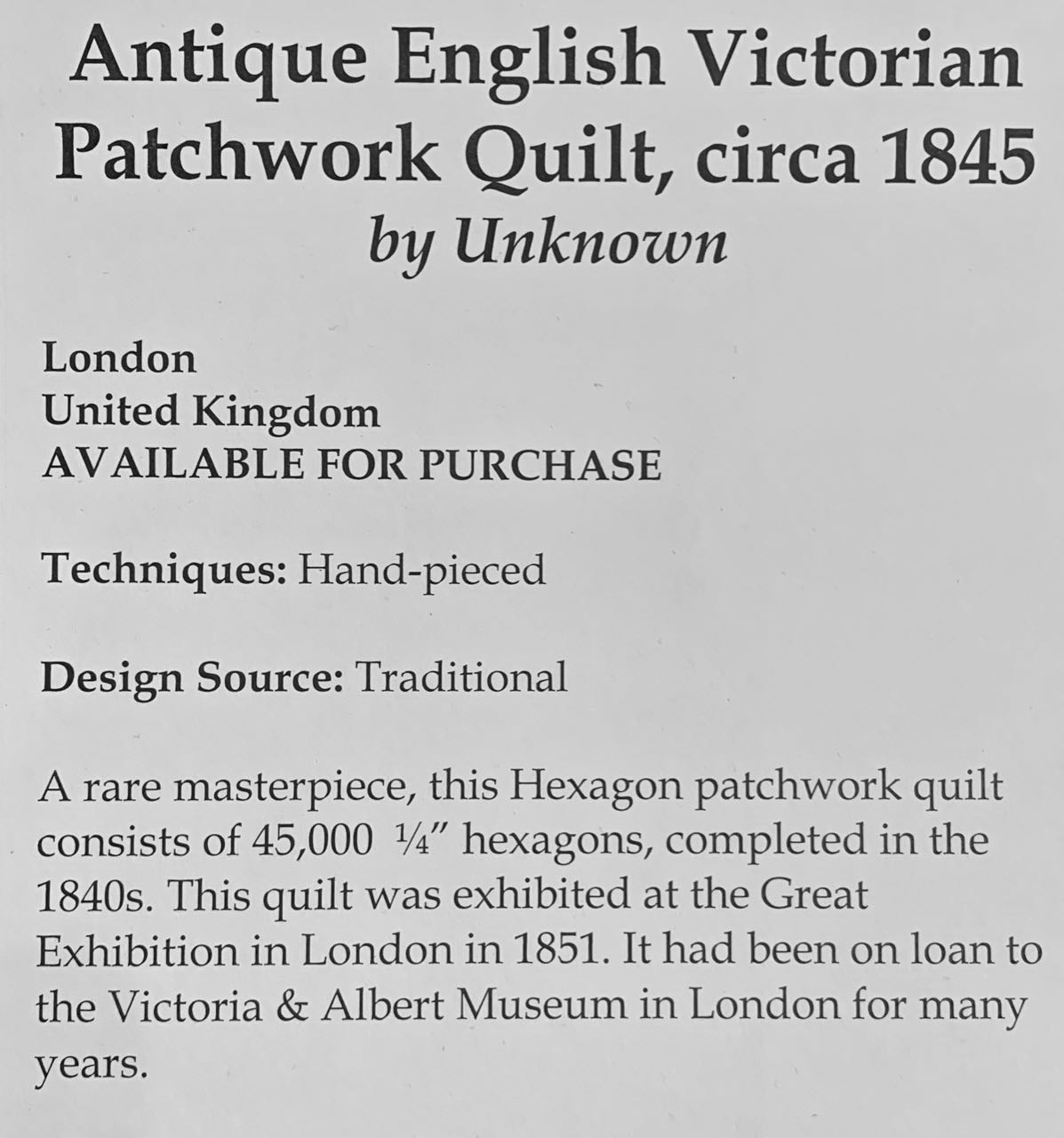
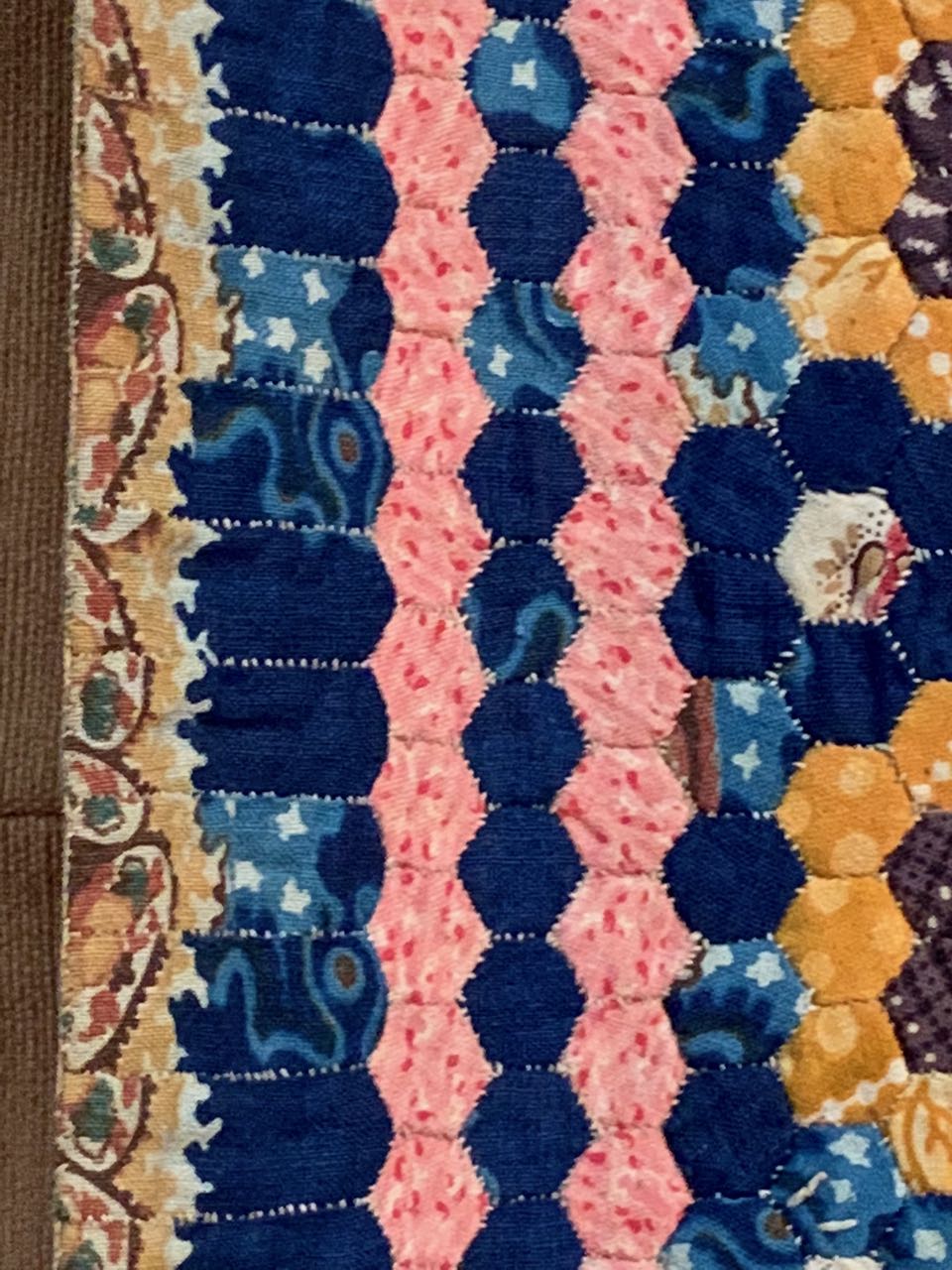
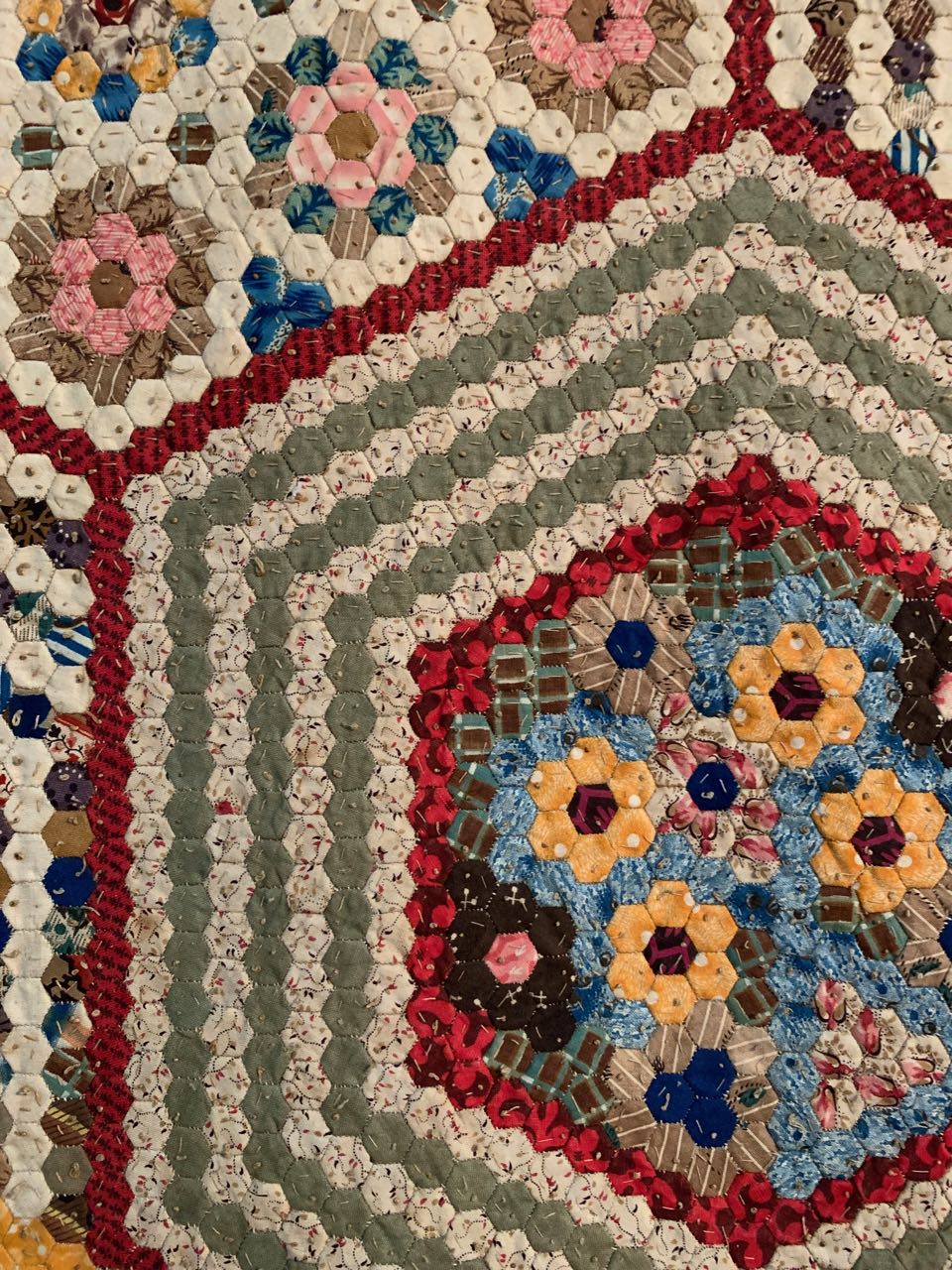
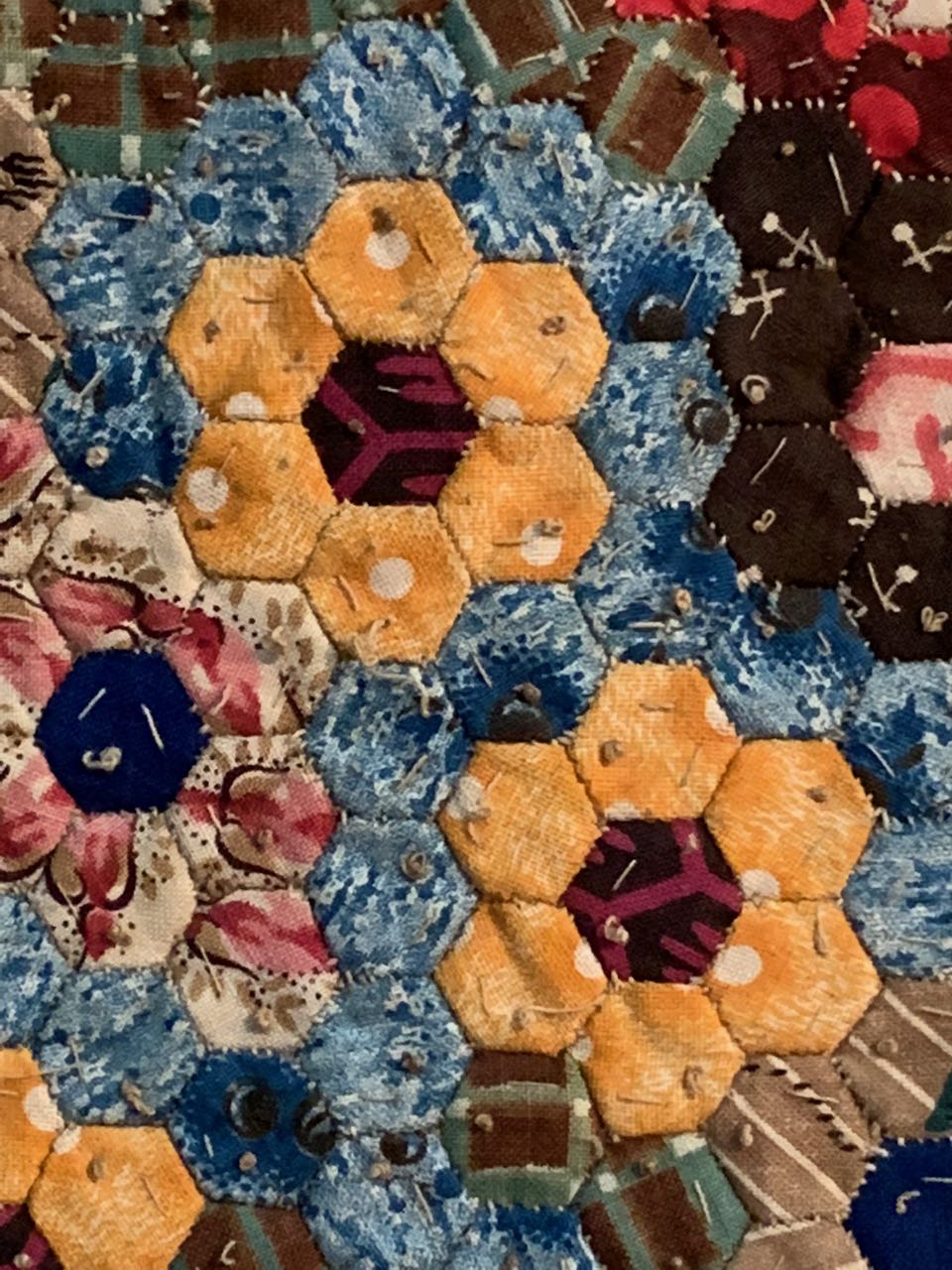
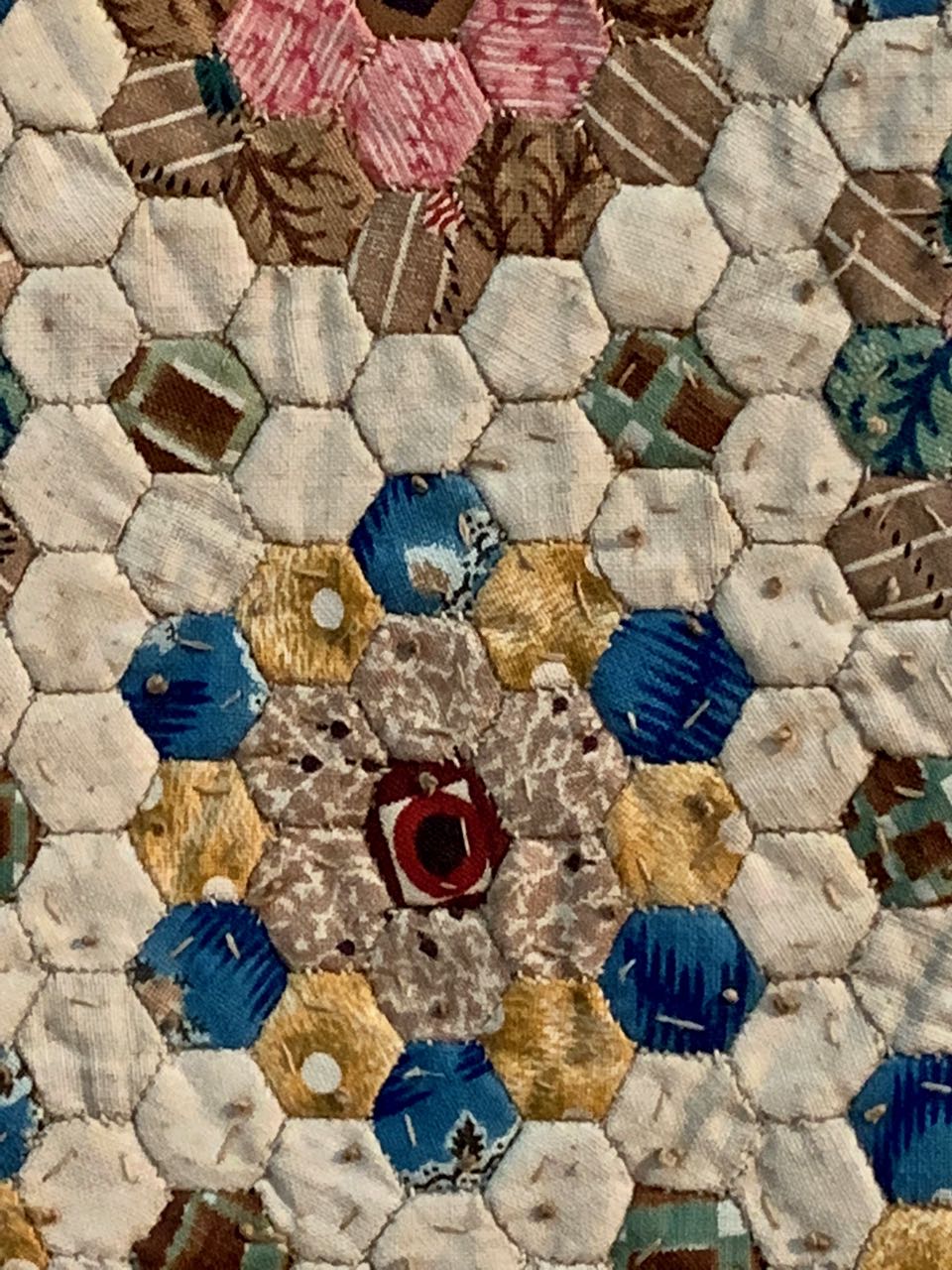
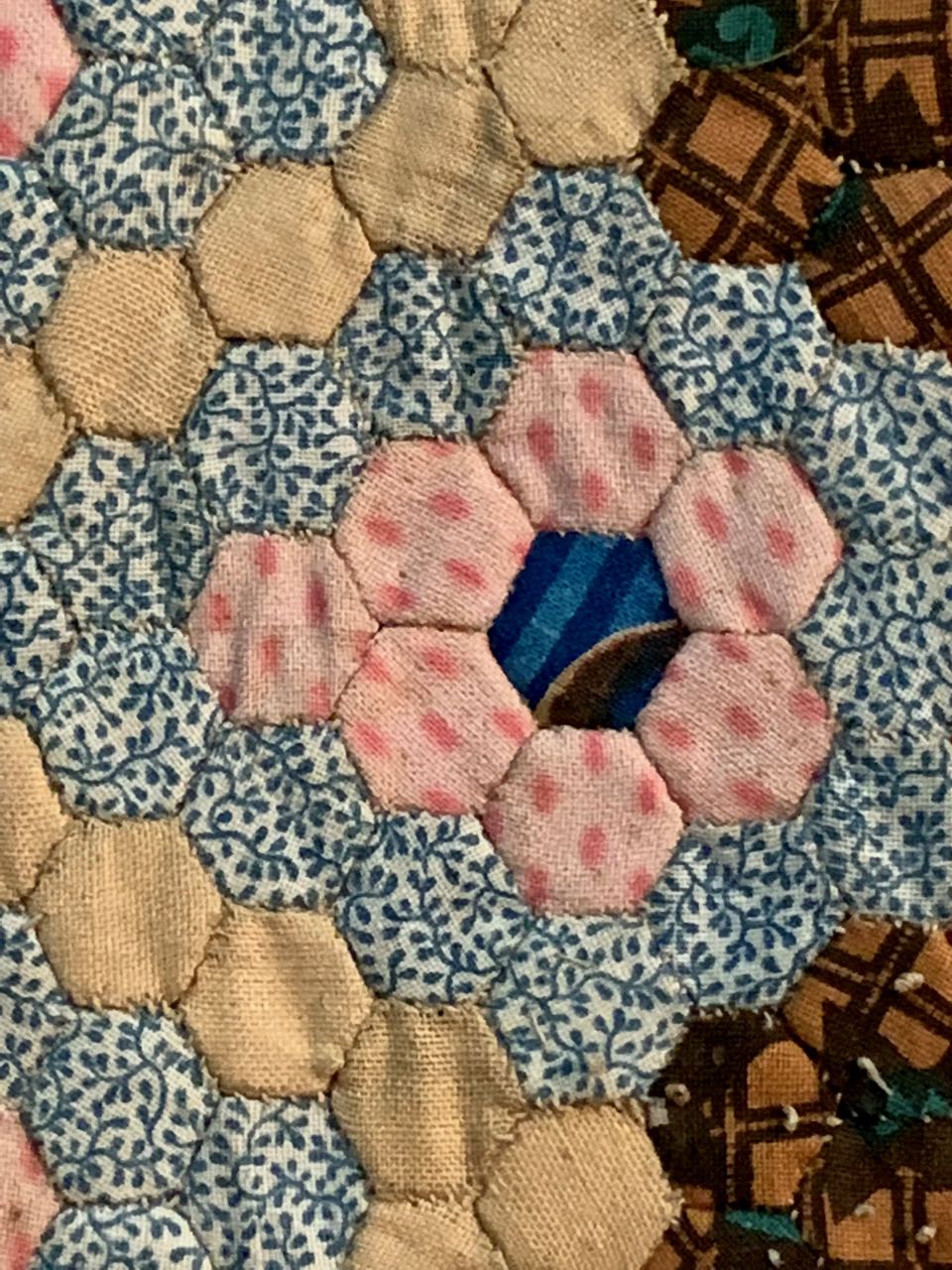
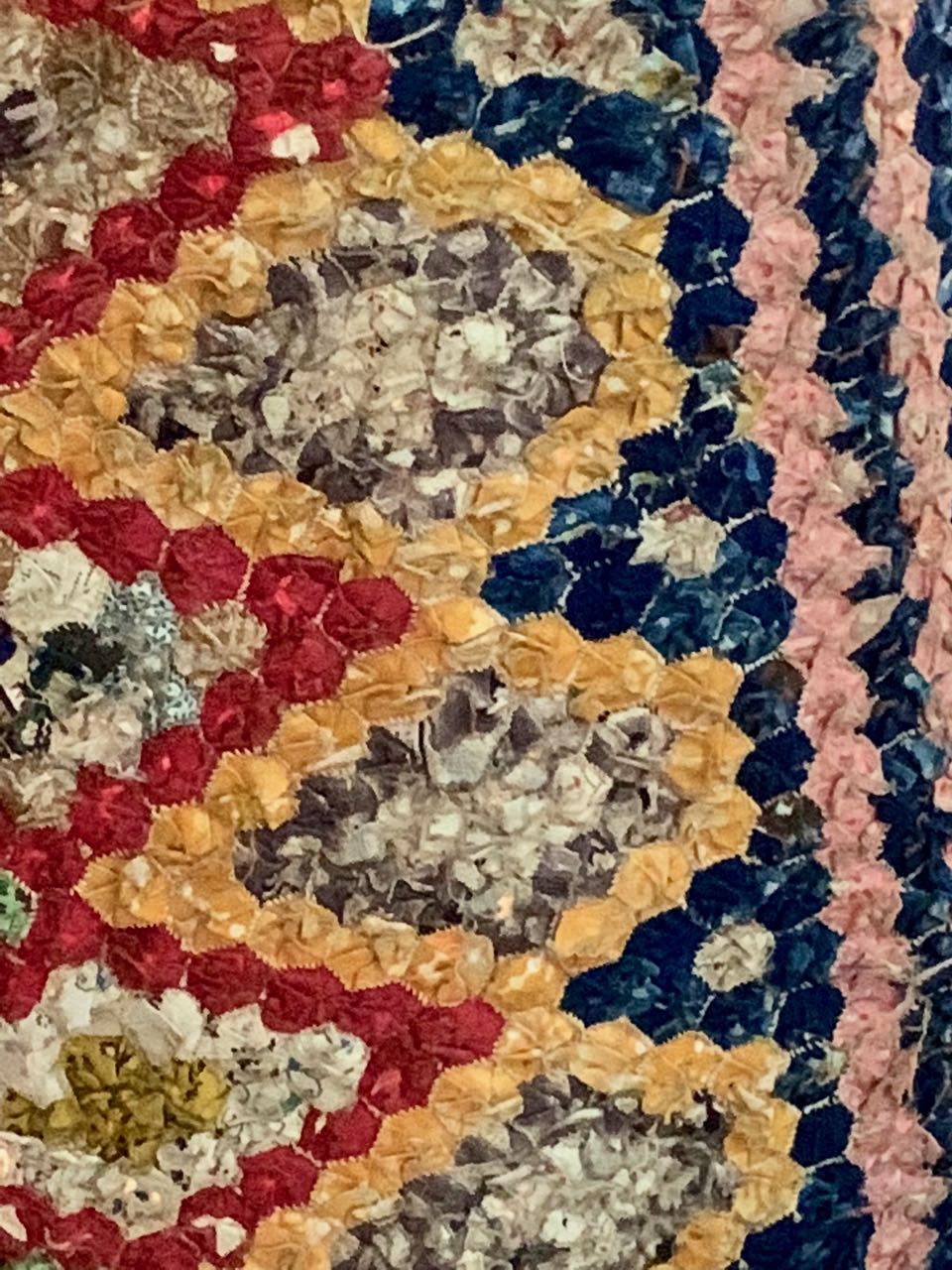



 Cristóbal Balenciaga. The 'Chou' dress and cape. Winter 1967. Image courtesy of Amon Carter Museum.
Cristóbal Balenciaga. The 'Chou' dress and cape. Winter 1967. Image courtesy of Amon Carter Museum.

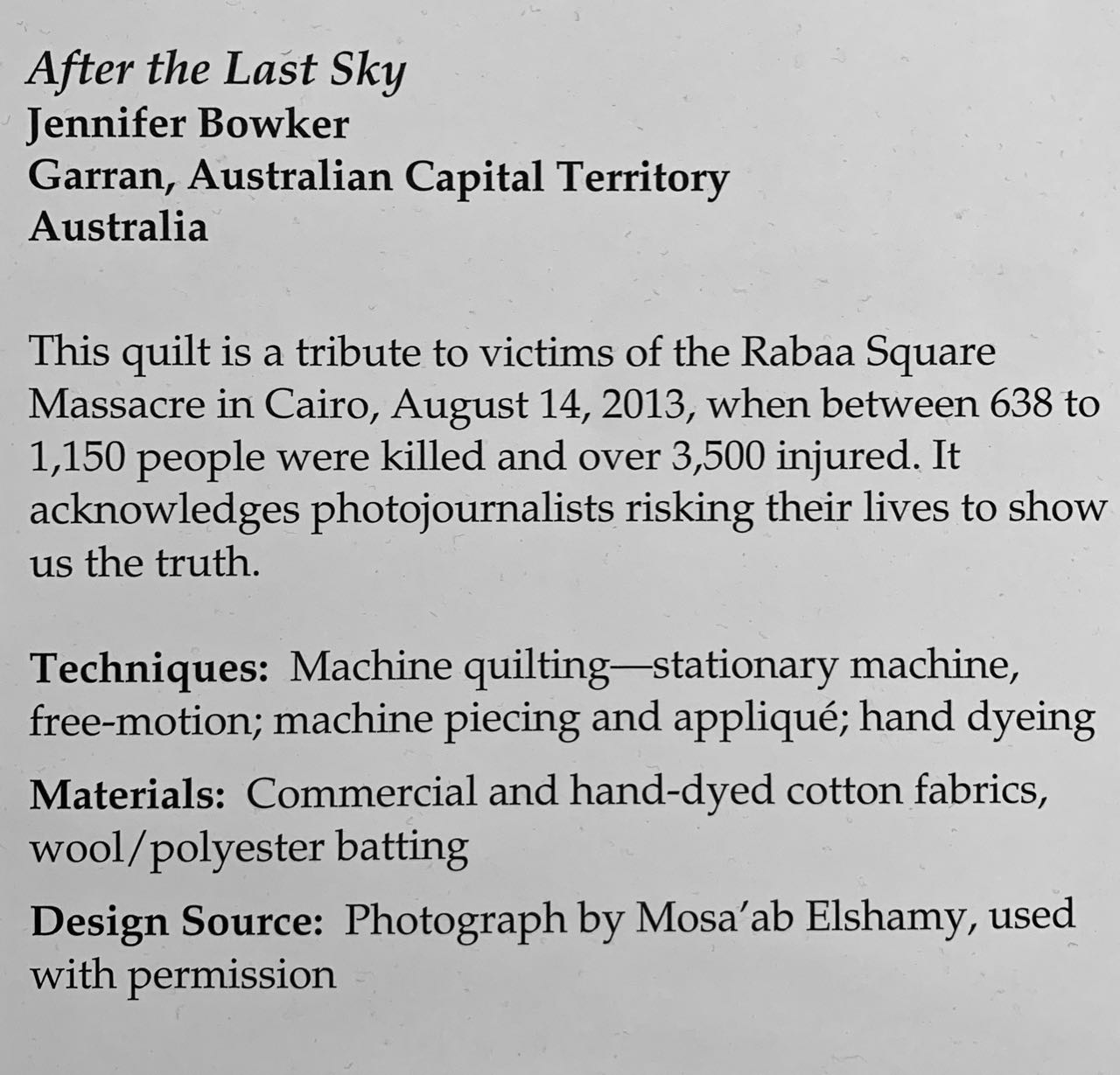

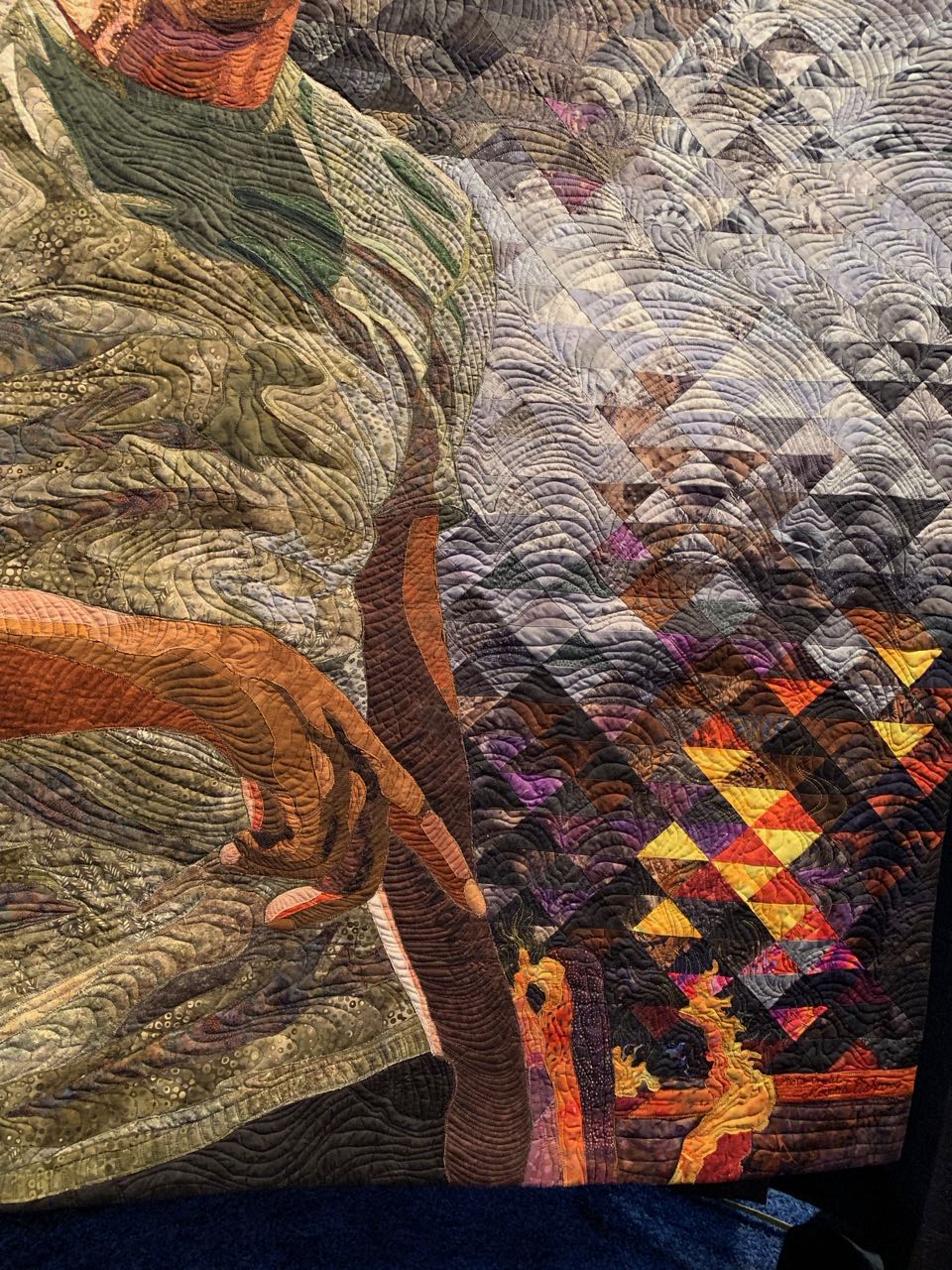

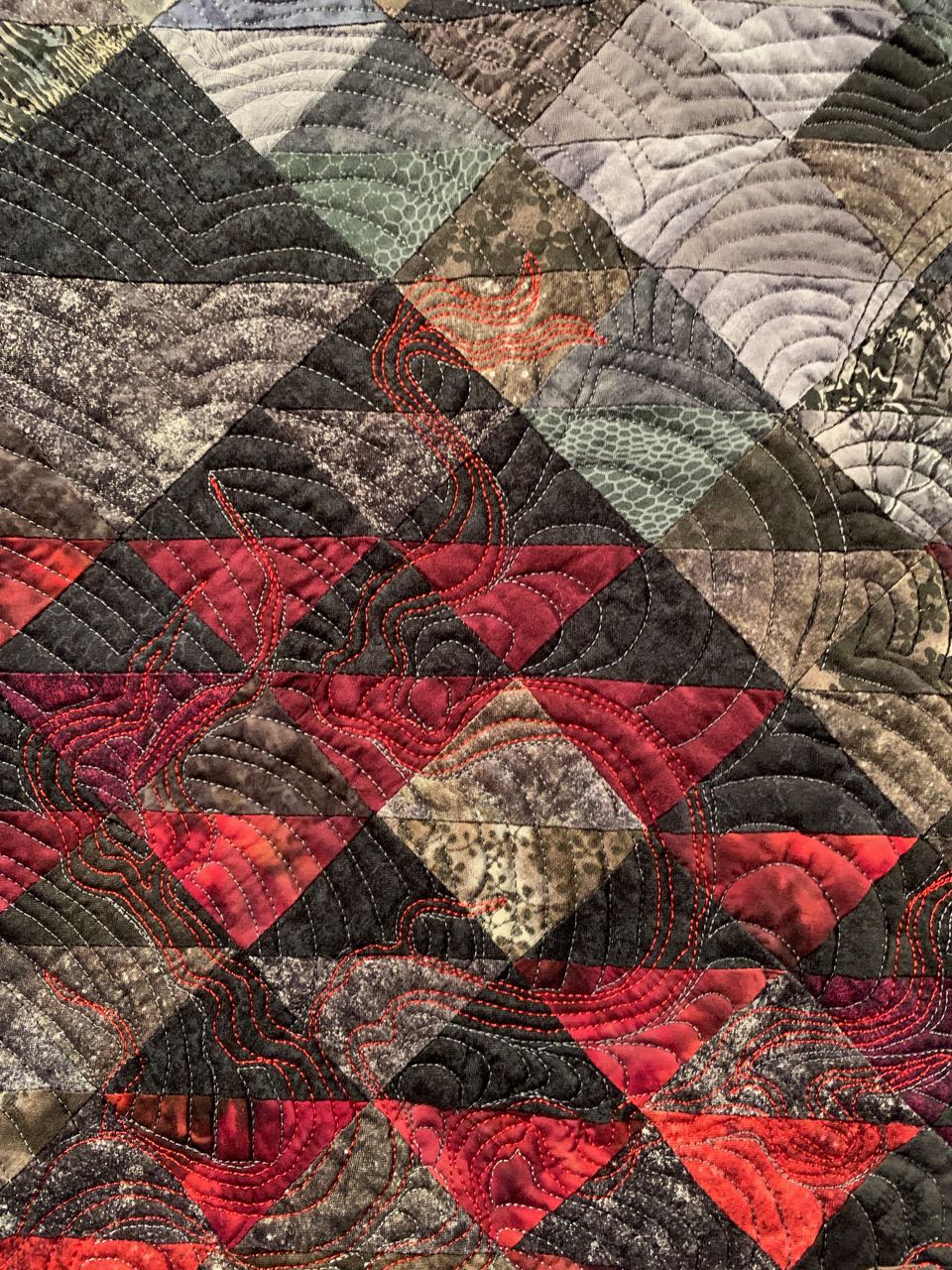







.jpg)


